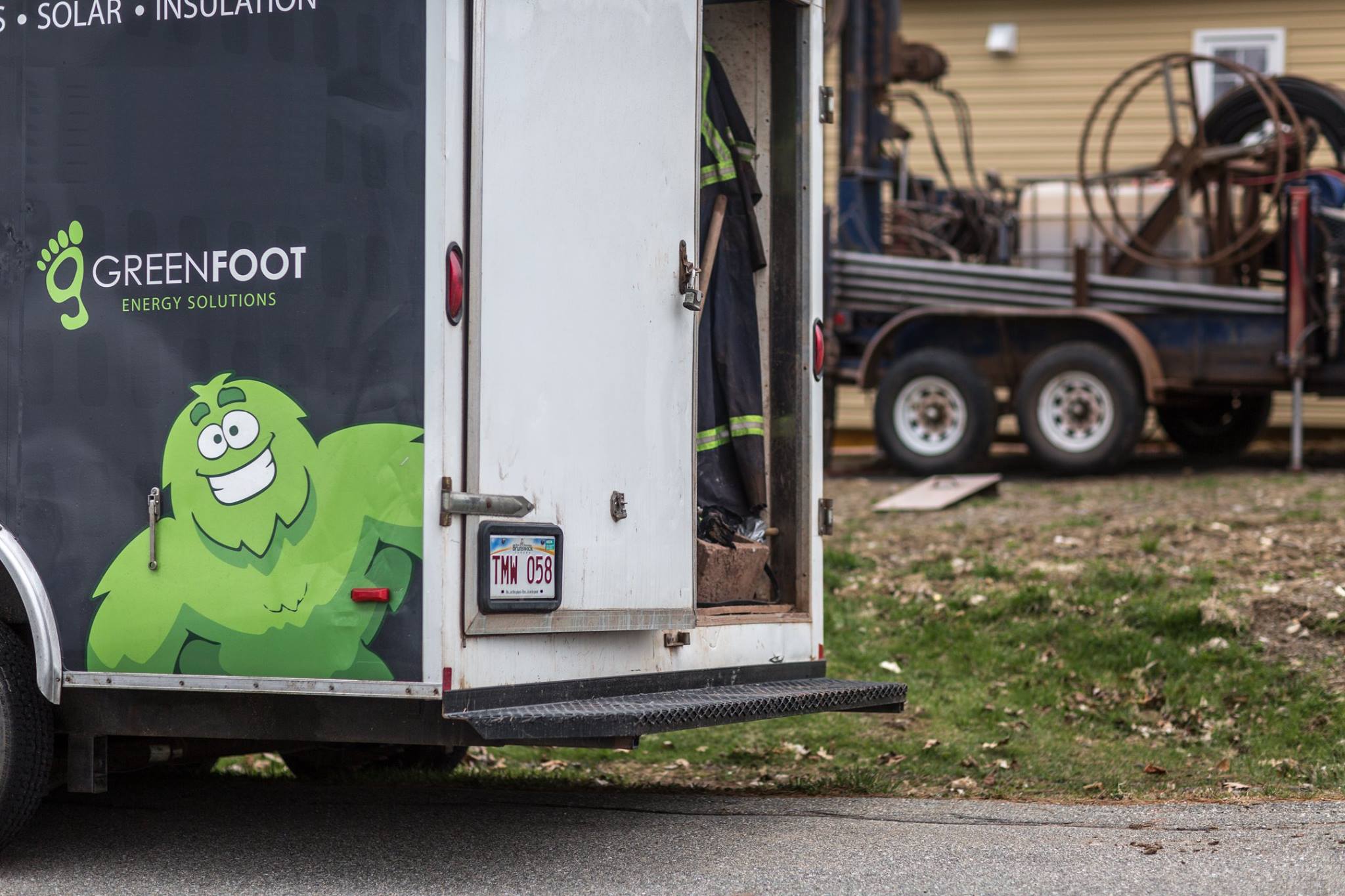November 28, 2025
10
Joe Godbout
November 28, 2025
10
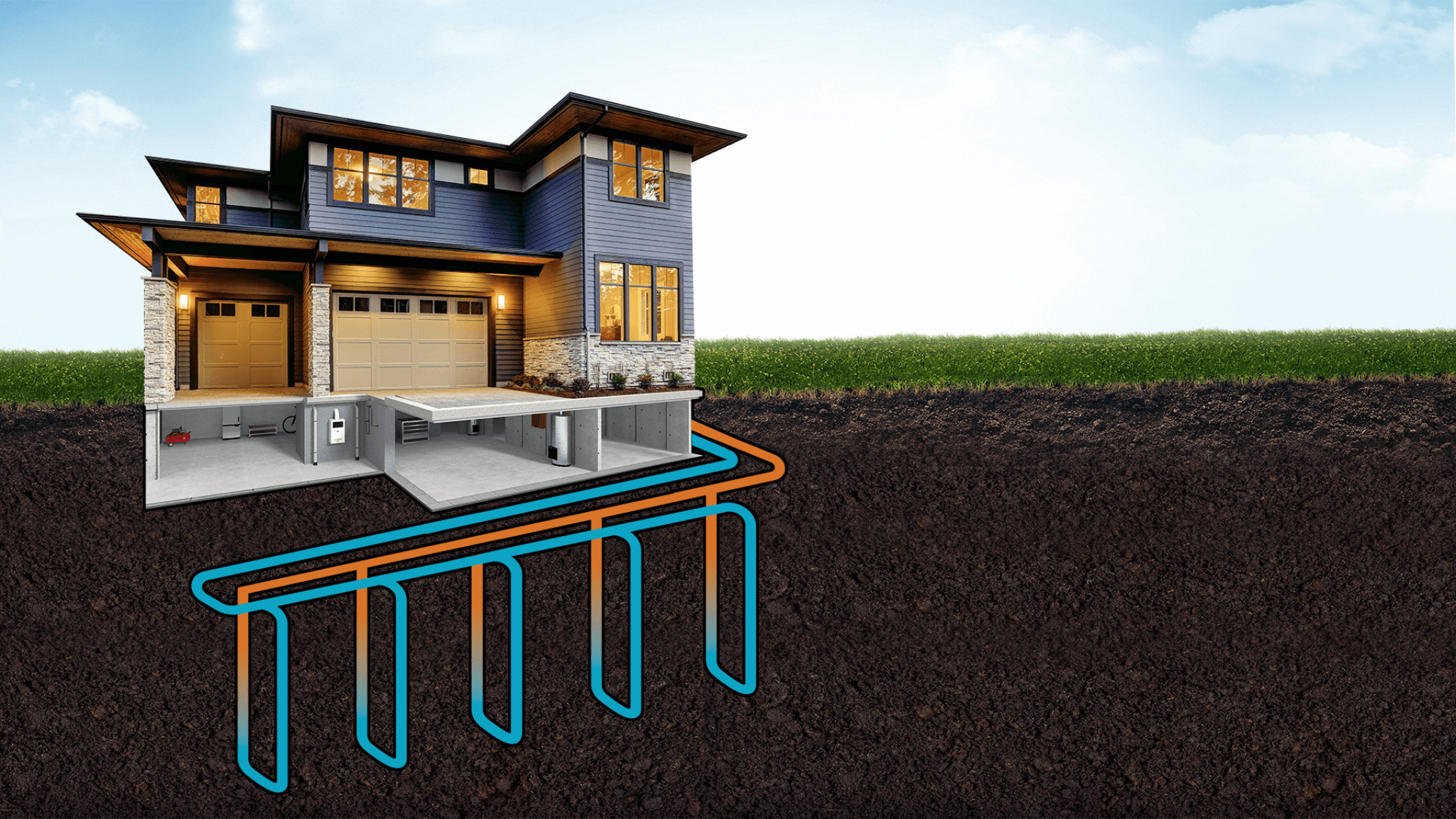
First of all, Greenfoot is proud of you and we are here to make sure you make the right choices with your system.
Whether you are looking to switch your current heating system or if you are planning a new construction and aren't sure which way to go, follow these steps to ensure you get the maximum efficiency out of your system and not to mention, at the lowest price possible.
In any retrofit or new build, your 1st step is to get a full heat loss/gain calculation done to assess your buildings energy consumption and heating/cooling load requirement.
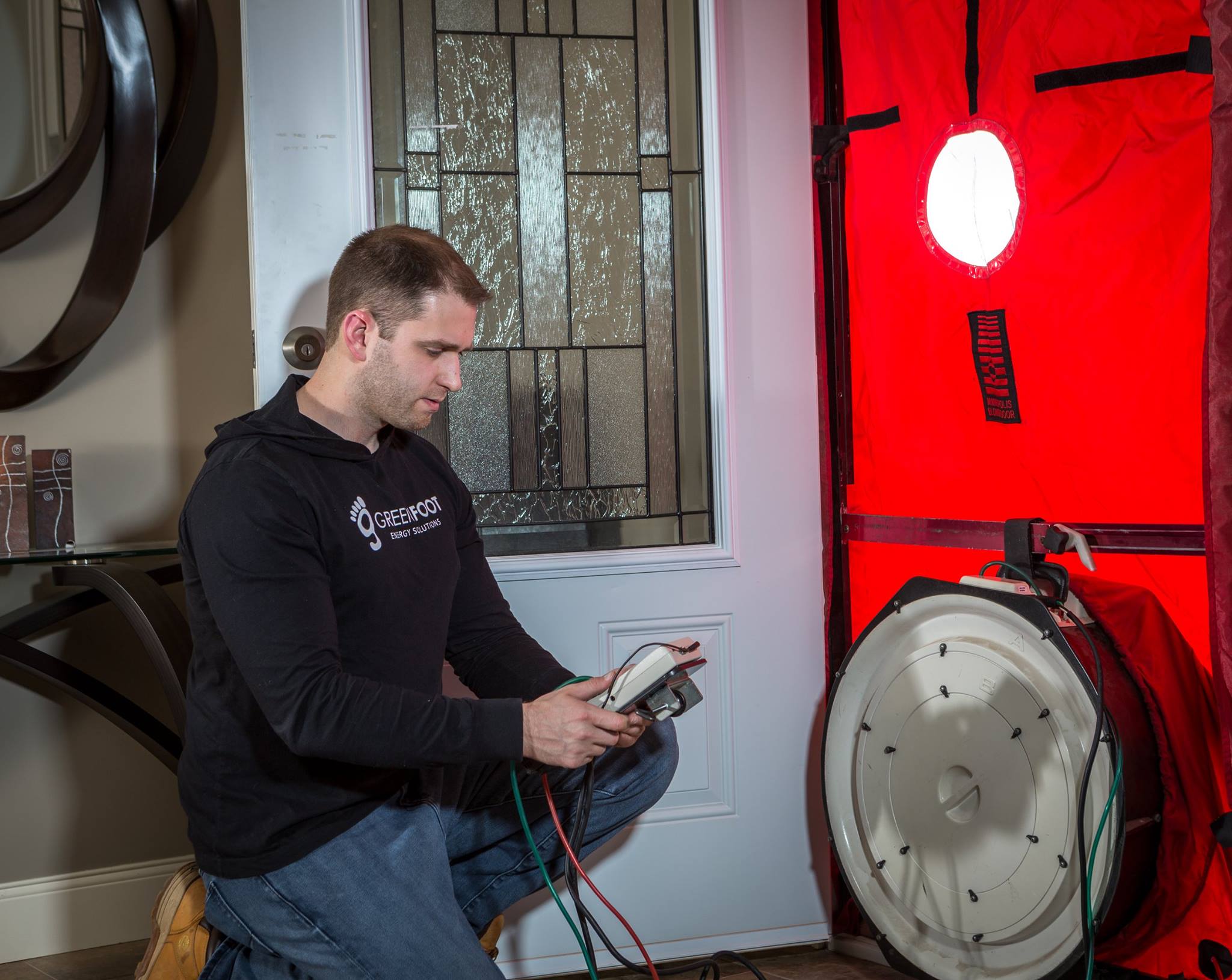
If this is a retrofit, we recommend you get an energy audit done to your house so that you can obtain your heating load requirements.
In any case, this step will serve you well as this is where you will be making choices that will affect the sizing of your heating system in the next steps. In this step, we always start by looking at our insulation values and how much natural air leakage we have in our home or business. The first step to any project is INSULATION and AIR SEALING.
It's SIMPLE: Would you go outside in the winter without a coat on? Well your house is the same way. Keeping the heat in the house not only saves you money, it also makes your home more comfortable.
By making sure your house has adequate levels of insulation, it will also reduce your required heating system size therefore indirectly saving you MONEY!
Once you have gone through the design process and you have determine with a Energy Advisor that your levels of insulation and air leakage levels are adequate, we then move forward to sizing your system. According to the Canadian Geo-exchange Coalition and also based on the CSA standard C-448, it is recommend you size your system based on 70% of the required design heat load you would have received in step 1. This means that if your region has a design temperature standard of -23 C, and you need 48,000 btu/hr to keep your home to +22 C, you would size your system to 33,600 btu/hr (48,000 x 0.7). Based on this number, you then chose your proper heating equipment and design your ductwork according to this system.
If this is a retrofit, you would make sure your ductwork can accommodate for this new system as heat pumps generally require much more CFM's than other systems.
As a general rule, we recommend forced air applications compared to hydronic in-floor heating systems because of the cost difference and also the reduced efficiency with the Hydronics.
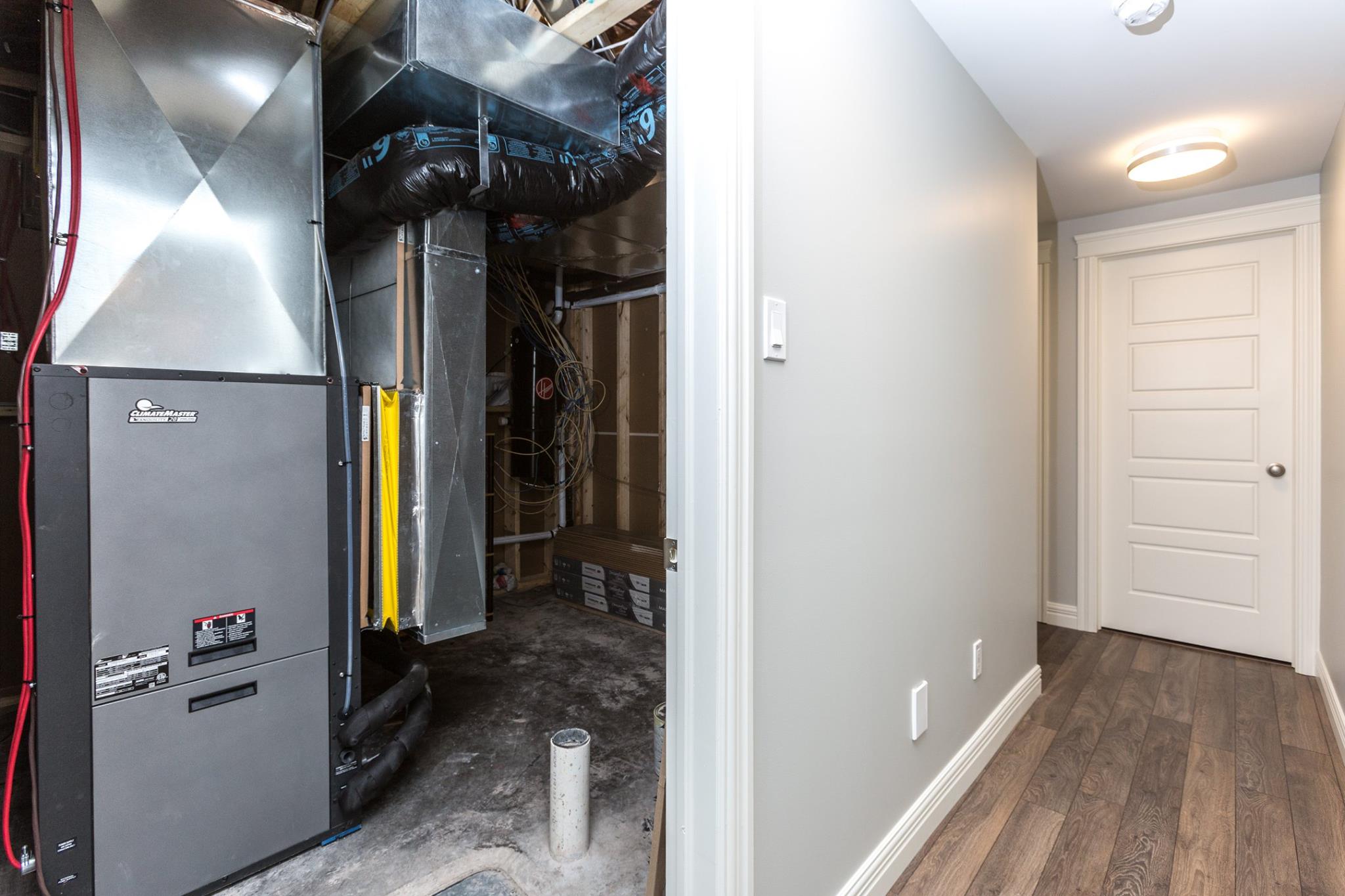
Now that you know which size of system you need, ductwork requirements and configuration, your next step is to determine which type of heat sync (energy source) to choose from and how this will affect your system.
The first choice is between "OPEN LOOP" or "CLOSED LOOP".
Here is the difference:
Open Loop: This system basically consists of a open water well (same as a regular drinking well) where you pump water out of the water table, extract the energy (heat) out of it on the indoor coil and dump it back into the same water table down flow. This system provides you with more efficiency but requires more maintenance on the system because of mineral deposit buildup on your system. Long term, your well might dry up making this solution a risky one.
Closed Loop: This system consists of drilling a 4 to 6" vertical hole, dropping down a continuous piping loop of 1" to 1.25" between 150' to 500' deep. The hole is then filled with a highly conductive grout product know as bentonite and sealed. This configuration does not rely on water as it absorbs energy directly from the ground where you have constant warm temperatures. You can also install horizontal loops AKA slinky's and this option will require extensive landscaping and digging.
Comparing quotes for Geothermal can be confusing as not every Geothermal installer does it the same way. Some installers use 150' vertical bore holes with 3/4" piping and install exterior header manifolds. Some of them go 300' deep vertically and install 1" pipe and install indoor manifolds and some others drill 500' deep and use 1.25" pipe. Bottom line, there are many configurations that can be used with drilling or trenching and each one of them affects the system whether it is having more pumping power needed because of certain pipe sizes and dept, as long as the loop field is designed with proper software tools that are mostly supplied by brand manufacturers. The main thing you need to compare is total dept of drilling compared to the others. Some contracts double their pipes in a bigger hole and expect the system to absorb 2x the amount of energy in the ground where in fact it would not. Make sure to know the total footage when you compare.
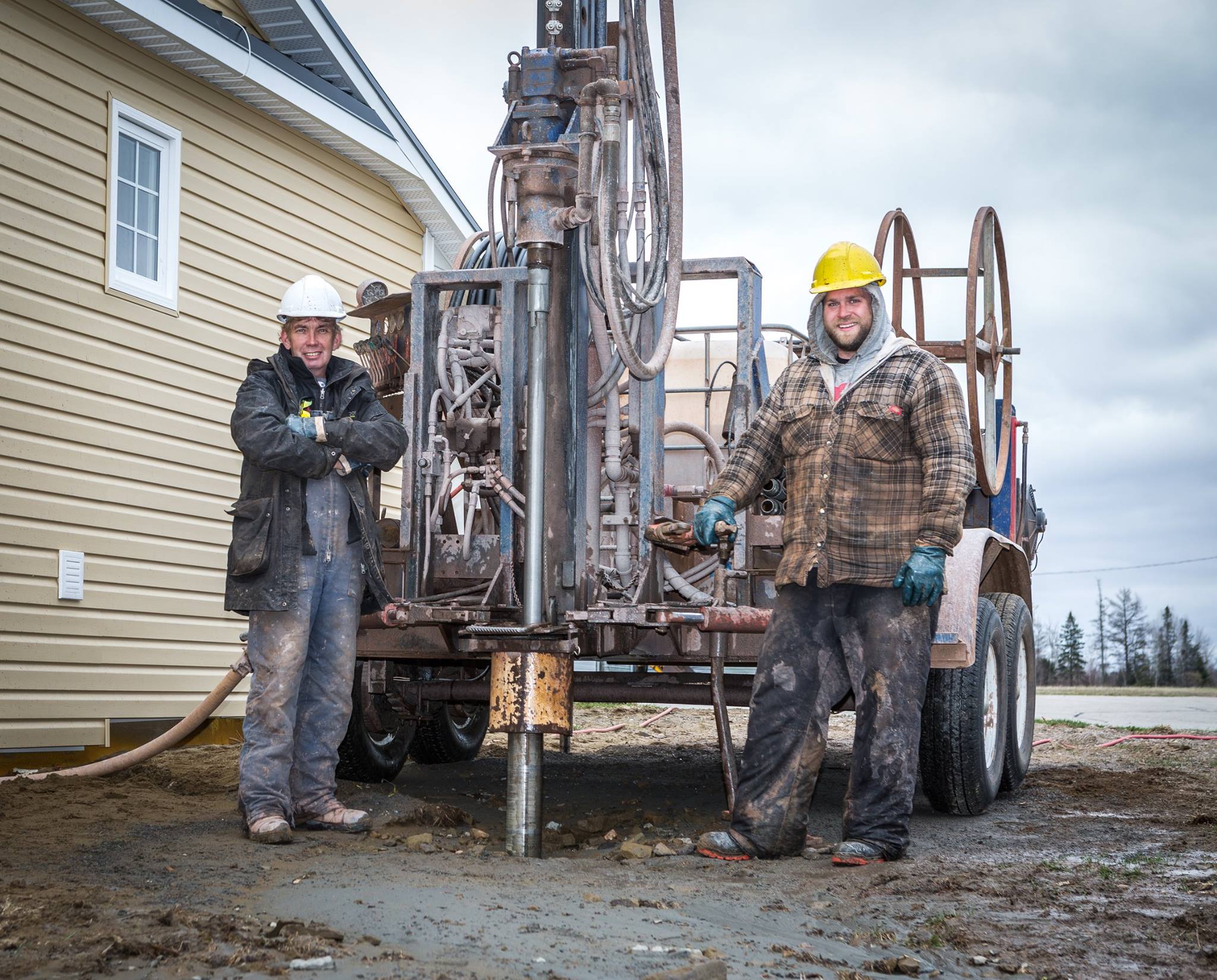
At this step, you will compare system heating efficiency. Geothermal systems are tested and given a COP (Coefficient of performance). The best way to understand a COP is to compare electric baseboard heaters. These baseboard heaters have a COP of 1 which means it takes 1 KW of electricity to provide 1 KW of heat. The input is the same as the output which means it is 100% efficient so a COP of 1. Geothermal heating systems have on average a COP of 4 which means 400% efficiency. Spend $1 worth of electricity and get $4 worth of usable heat. Pretty neat right? It is also VERY important to compare different COP's at the same EWT (Entering water temperature). Typically, most units compare at 32 degrees Fahrenheit or zero (0) degrees Celsius and also finally you need to make sure you are looking at the right ground source.
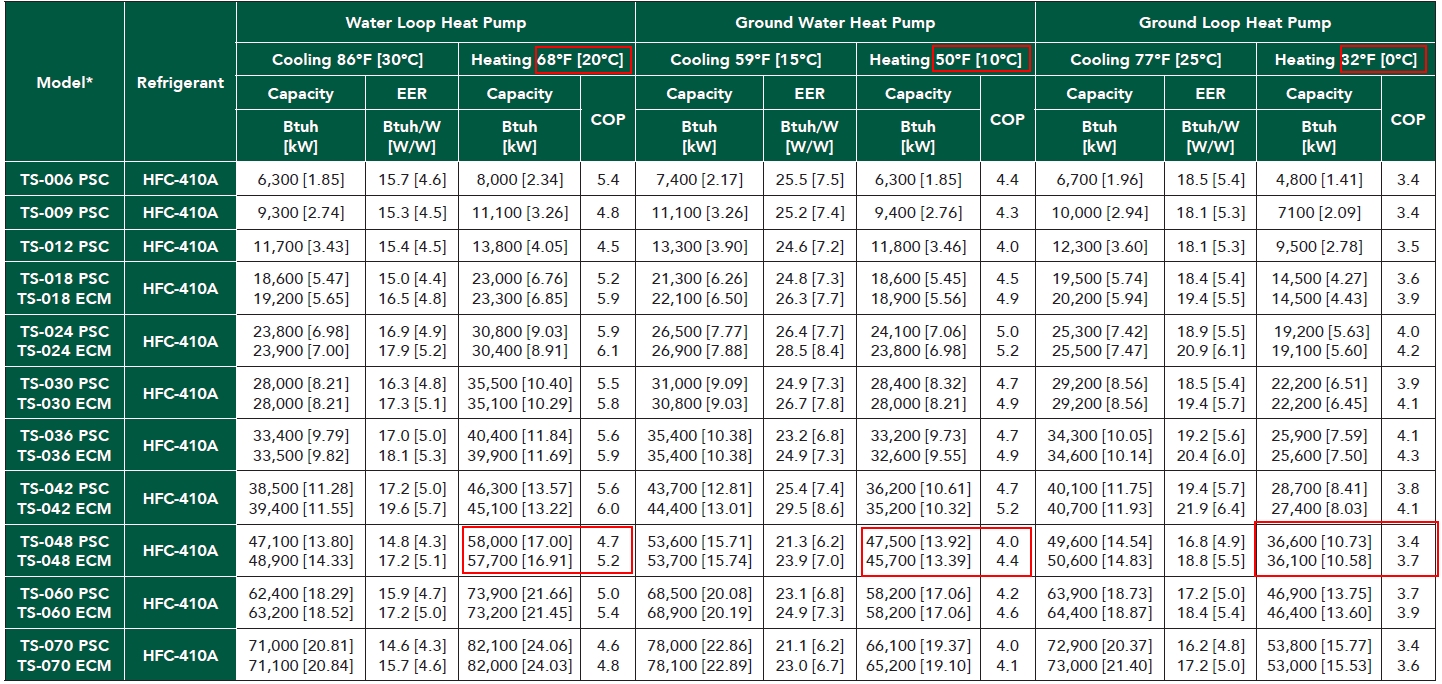
In this graphic, notice how you have Water Loop Heat pump, Ground Water Heat pump and Ground Loop Heat pump? Well if you look at the COP's, there is a big difference while comparing. The reason is simple: The EWT (Entering water temperatures) are higher in some categories which means that its energy source is different. Ground loop Heat pumps are for closed loop vertical and horizontal applications. Ground Water Heat pump category is for Open loop systems and Water loop heat pump is mostly for pond applications where it is rarely seen in the industry. What you will also notice is each model # has PSC or ECM attached to them. This refers to the type of blower fan motor in the system. ECM is most common and more efficient. In Step # 2, we determined the heat loss (33,600 btu/hr) and chose a Closed loop vertical system therefore we look at the ground loop heat pump column and find a COP of 3.7 for the TS-048 ECM model. Make sure you are comparing the right configuration as you would be surprised to find that some Geothermal installers do not fully understand how to read these charts and make the mistake of taking the brochure efficiency indicated which would most likely be the highest one they can achieve and in this case (5.2 COP).
If you are thinking of going Geothermal and would like some guidance with choosing the right system and pricing your options, Greenfoot is just a call away. Get in touch with one of our energy advisors than can help you with Steps 1 through 5 and since Greenfoot does central heat pumps and ductless heat pumps as well, you can rest assured that you will receive un-biased advice on which system you should choose for your home or business. Greenfoot has performed over many residential and commercial systems and our certified installers will make sure the system performs to its capabilities. You will be surprised at how little it costs to go GEO.
